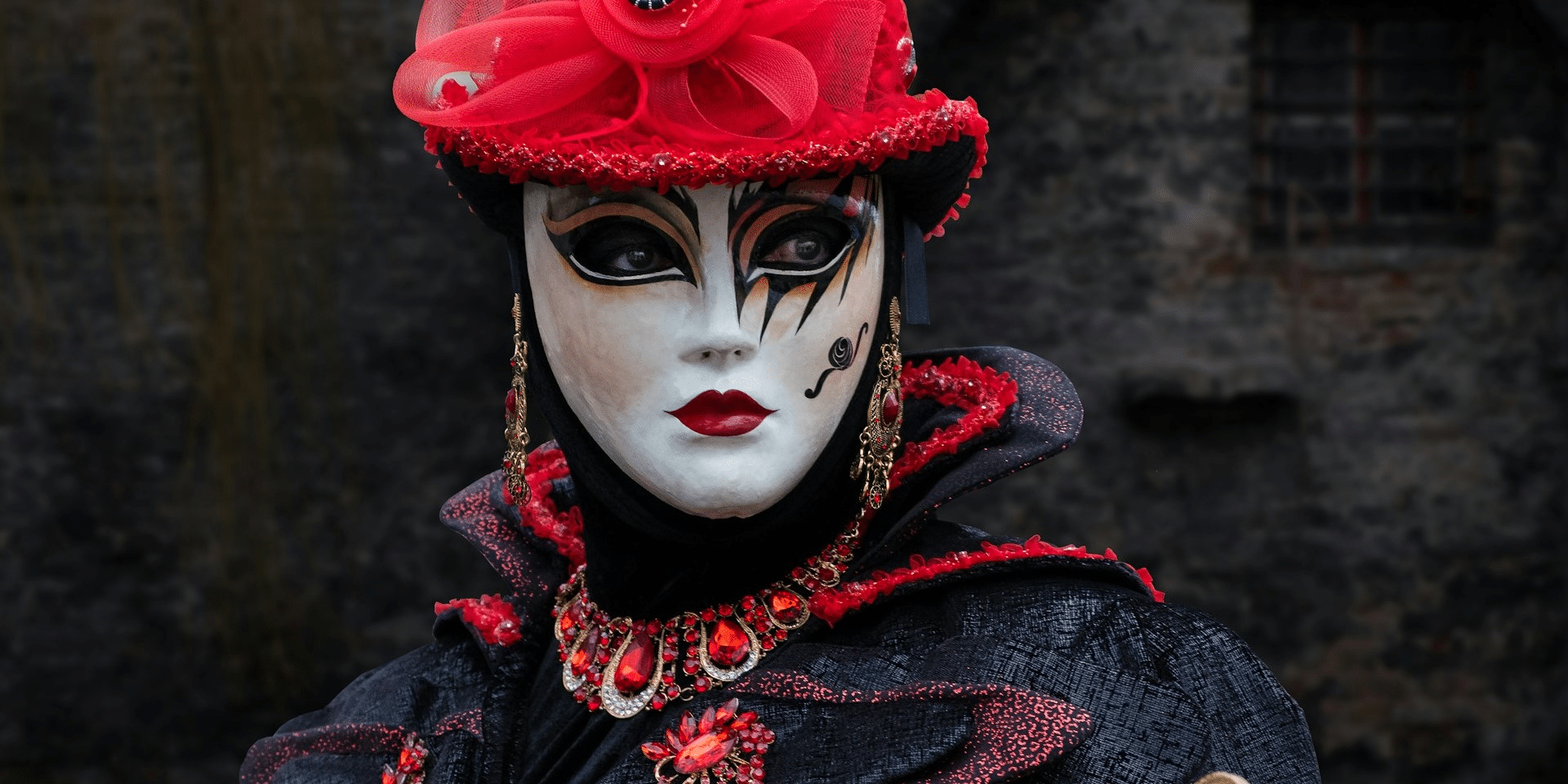Parker Pennymore is a spunky, rebellious eleven-year-old girl. Sure she’s got issues with bullies, tutors, and authority, but at this age who doesn’t? After her second expulsion and her fourth tutor quitting, Parker’s parents decide to send her away to live with her aunt. And Parker is having none of that, so she decides to make her own plan and late one night she plans a heist to break into a hidden room in the castle. Instantly her life changes forever. That’s where this adventure story begins as Parker uncovers a hidden world of magic writers (in the story you write magic with a quill), learns of deep family secrets, and sets off on a journey with her sisters Quinn and Aven to uncover the truth. Along the way, we meet a cast of characters including the Plumes (a secret society of other kid-writers) and magic creatures who help them throughout Fonde.
Perhaps the best part of this world is the unique twist that all writing is banned, and has been for centuries. Imagine how a world operates without writing – no chalkboards or essays in school, no library books, no pencils or pens, no prices on items for sale, and even no way to send a message besides a game of telephone between teenagers (the News Callers). Not only was it fun and delightful to imagine a world without writing, but it also creates a perfect setting for conflict as a group of anti-writing zealots called the Illiterates enforces the rules with zest… and Parker’s nemesis Cassandra Waddle becomes the perfect foil to Parker’s plans in the book. (And while banning writing sounds pretty extreme, once you think of some of today’s news about book banning and burning it makes some real sense.)
Overall this setting creates a series of fun, quirky, and exciting opportunities for the book – and becomes on full display when it’s revealed that magic writers have been living in plain sight for centuries. The book’s use of quills (rather than wands) and fingernails (as a writing surface to direct the magic) is unique and conjures a very different approach to magic. Many books in this genre are retellings of the magical school idea, but the Pennymores leans into its writing origins to share a world of hidden libraries as the centerpiece of the story (librarians of the world rejoice)! In addition, the Pennymores offers welcome complexity to the conflicts they face as you can understand and empathize with the ‘bad guys’ as much as you still root for our heroes.
But it’s the dynamic between Parker, Quinn, and Aven that drives this book. Quinn, the eldest, is an inventor and fixer, and we learn of her inventions including a doughnut launcher and a spring-powered underground roller coaster. Parker, the middle sister, has a fear of public speaking which is a problem when writing is banned. She wants nothing more to write and the world, and particularly the Illiterates, have made quite dangerous. Aven is the comic relief with her snappy one-liners and a passion for wolves that lead to howling at inopportune times throughout the book. The family dynamic just works, and anyone with a sibling will relate to the quips, barbs, jabs, and joys they have together.
The Pennymores is at its heart an adventure story, and readers will find themselves feeling that constant momentum forward as the mysteries and secrets are masterfully revealed. This takes us on a series of adventures – to discover their home kingdom of Everly, to explore the magical world of Fonde, and eventually to try and save the world (of course a great adventure story requires some world-saving, right?) But each step of the way it’s like another entire layer is revealed to us, making you want to know and experience more. It’s well set up to hint at what’s in this world, and leave so much room to continue the exploration. Thanks to several fun twists, the book has a satisfying ending but leaves questions for more books in the series (which Koester admits are in the works).
A fantastic tale is deftly woven together by the author Eric Koester. Like Percy Jackson, it was written with the help of Koester’s daughters which adds that same authenticity and delight we get from Percy. The book is written for young adults (middle grade 8-12), but as an adult reader, it’s fun and engaging, and filled with subtle elements as you’d find in a Disney movie for the adults in the room. Plus there’s a really important lesson and topic for discussion woven in here about the importance of words, writing, and books—especially as we see the recent backlash against controversial books. It doesn’t bang you over the head like in Fahrenheit 451, but it’s enough that parents and children can use to discuss current events.
Look out Percy and Harry Potter because the Pennymore siblings are ready for their time. As a writer and storyteller, Parker narrates the story in a fun, authentic way using story elements she’s learned including Dramatic Irony and Plot Twist (which the book has multiple times over to keep the reader on her toes.) Parker knows heroes must go on these adventures and quests, but her companions and the interplay between them make this hero’s journey stand out.
A terrific book for sure that has me buying a feather quill and an inkwell to see if I can write a little magic myself. Perfect for any Potterheads, Demigods, Narnia-fans, or Hobbit lovers. Absolutely worth the read! 9.5+ of 10















